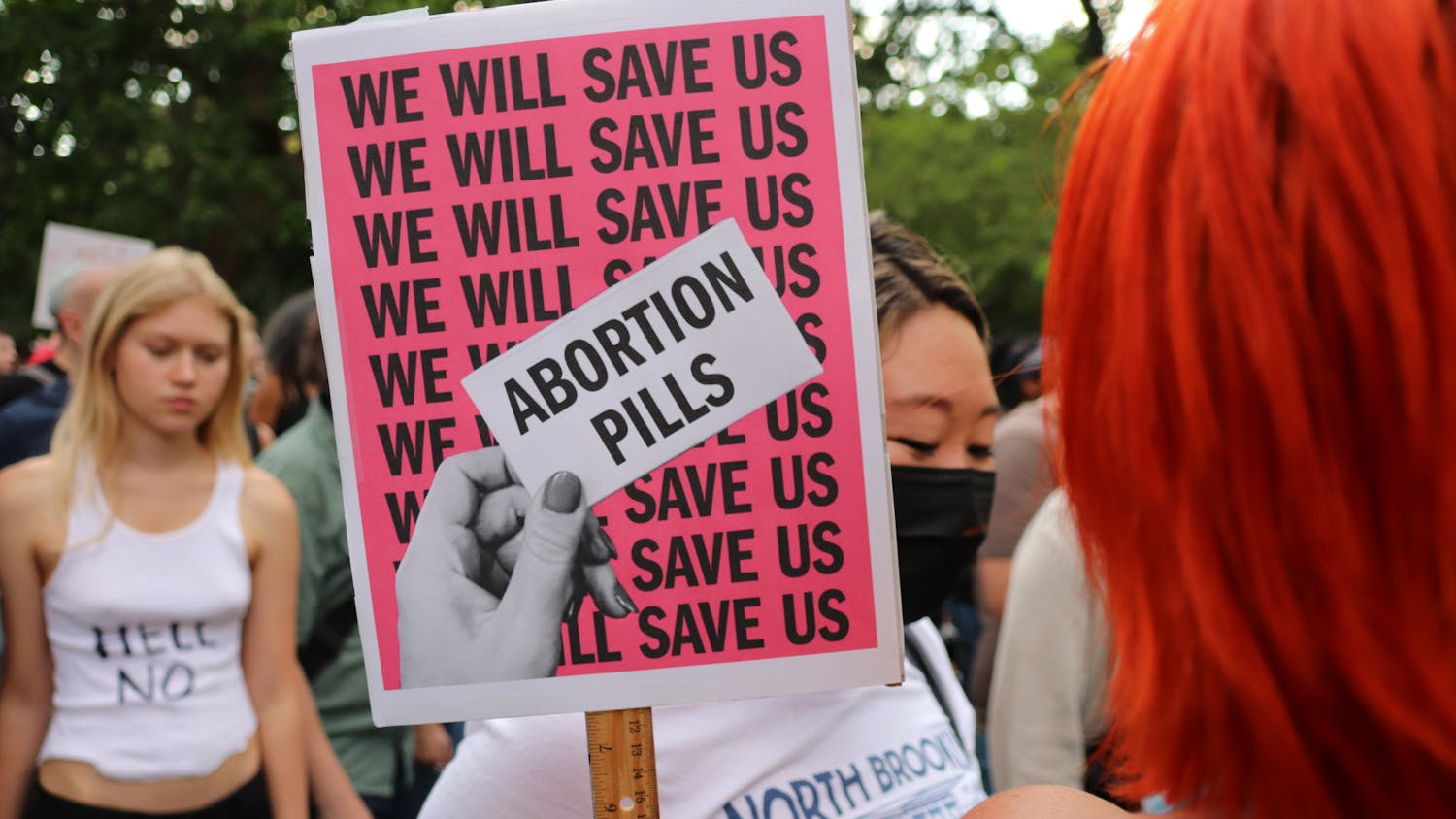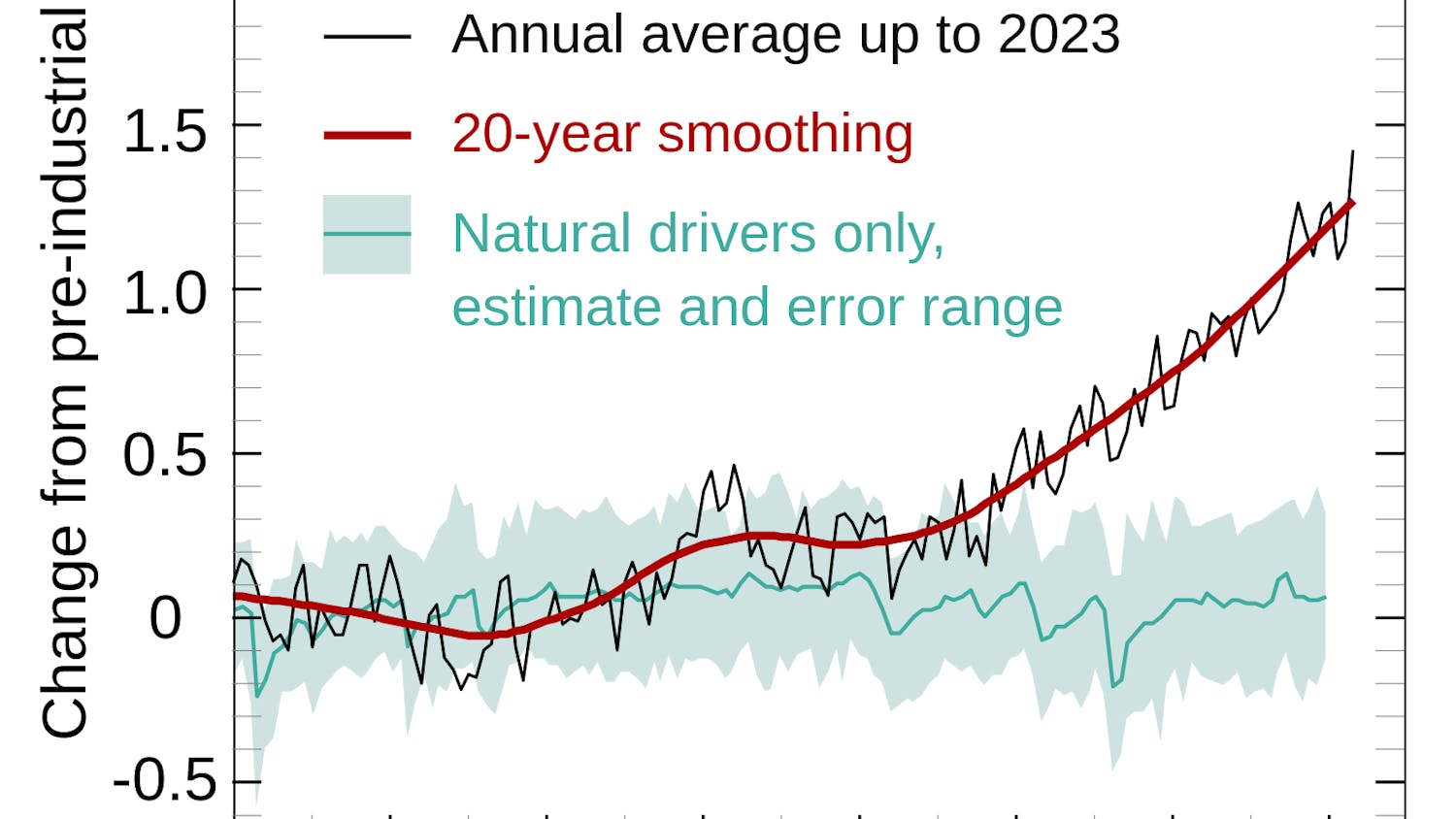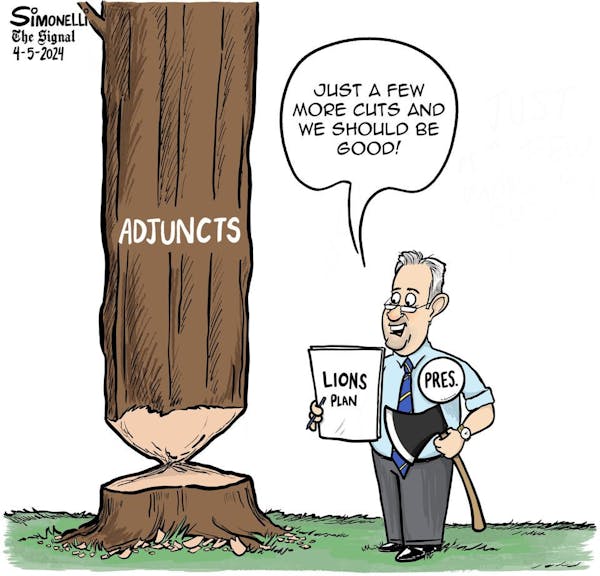By Ariel Steinsaltz
Staff Writer
On March 31, the Biden administration launched the American Jobs Plan, which aims to enhance infrastructure of all kinds. The plan is “an investment in America that will create millions of good jobs, rebuild our country’s infrastructure, and position the United States to out-compete China,” according to the White House website.

The plan intends to tackle climate change and take on China’s growing power, while also addressing racial inequality. Among the items in the plan are attempts to revamp transportation infrastructure, provide clean water, electricity and internet to all Americans, improve educational and childcare facilities, raise wages for caregivers and train workers for new emerging skills, according to the White House.
The plan entails about $2 trillion dollars in total spending over the next eight years. To get the money for this spending, the plan would raise the corporate tax rate to 28%, as well as raise global tax rates to discourage the use of tax havens and offshoring. The president said the plan would help create “the strongest, most resilient, innovative economy in the world” and create millions of jobs, according to CNBC.
Some specific elements include the intention to fix 20,000 miles of road and 10,000 bridges. It also aims to replace diesel-powered vehicles with electric vehicles and replace lead pipes for drinking water. The plan specifically focuses on improving transportation in communities of color that were harmed by previous infrastructure projects, as well as strengthening buildings and utility grids in marginalized communities likely to be more impacted by severe weather, according to CNBC.
This was Biden’s second big spending plan in a month after his Coronavirus relief plan, which had a price of $1.9 trillion. After the approval of this plan to create jobs, fix infrastructure, and fight climate change, the administration plans to present a new proposal in a few weeks to improve education and increase access to health care and paid leave, according to CNBC.
Speaking on the infrastructure plan, Biden stated, “These are investments we have to make. We can afford to make them. To put it another way — we can’t afford not to.”
The plan will inevitably face challenges in Congress. Democrats control both houses by slim margins, but will still face challenges from Republicans such as Senate Minority Leader Mitch McConnell, who has said he most likely will not support the proposal. In general, Republicans are in favor of many elements of the plan, such as rebuilding transportation infrastructure and expanding access to the internet, but they do not support the planned tax raises that are a part of the plan, CNBC reports.
Biden urged Republican lawmakers to support his plan by emphasizing that Republican voters were in favor of it, but polling suggests this is not the case: 56% of adults in the country are in favor of the plan, including most Democrats and half of independents, but Republicans are largely opposed to the policy, according to NPR.
Some criticism of the plan has been related to Biden looking to future technologies with things like investing in charging stations for electric vehicles. Critics say the president is defining infrastructure too broadly, according to NPR. Biden rejected this notion, saying that trains and highways were not considered part of infrastructure until they were envisioned and built. Many Americans agree that the plan largely qualifies as infrastructure, but are more split on whether the climate initiatives fall under that category.
The polls also show that Republican voters are especially against the proposed methods to pay for the plan, not wanting to raise taxes on the wealthy or increase the corporate tax rates, NPR reports.
Speaking on the tax hikes, Biden said he would not increase burdens on anybody making less than $400,000 a year and that his goal was not to punish wealthy people, but only to create more opportunities for everybody else. He hopes to be able to get Republican support for the bill, and says Democrats are open to good-faith negotiations.







